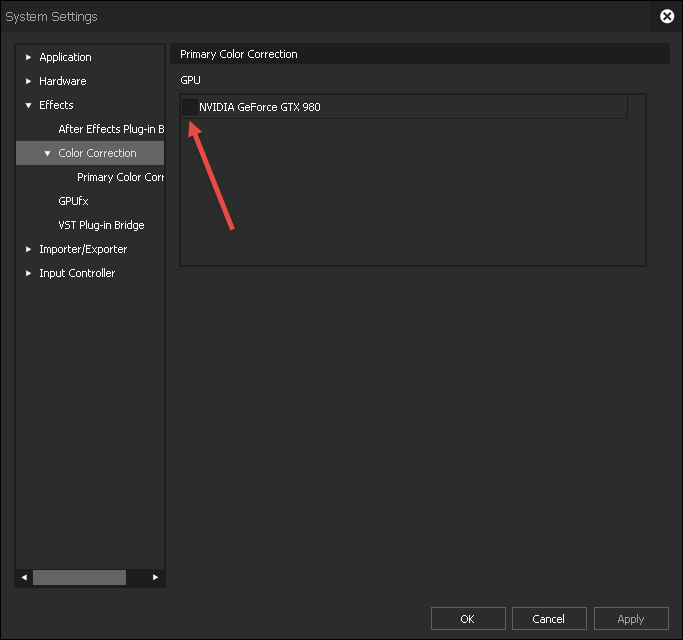
StaxRip spits out a smaller file in a few minutes. Once that's done, you crop to suit, pick which audio tracks and subtitles get re-encoded or muxed and hit next.


I feed my HDR MKVs into StaxRip and it splits out all of the video, audio, and subtitle tracks into individual files. The application uses NVENC which you can also call from a command line without StaxRip. I get a 4K disc re-encoded in about 60-90 minutes on a RTX2070. It's a little more complex than Handbrake but it works with NVENC x265 in 10-bit. If you can invest in storage to keep the untouched files it will probably pay off in the long run. I found that as time went by I ended up having to go back and rip films again later once I'd invested in more storage, particularly as the quality or encoded files became problematic as other hardware got upgraded. I have 37T of drive space now used for my video and music a compressed (of a already compressed) source.
#RIPBOT264 NVIDIA H265 MOVIE#
I personally would rather have the larger, untouched movie vs. Hard drives are not that expensive nowdays. I've since realized that it's not worth the time to re-encode. I used to worry about space, and would use Handbrake to help save space. Is there any other software I could use as an alternative? Or do I just need to leave the video files as is?

Usually with 1080p videos I re-encode them to make them smaller, but from what I've seen I can't use handbrake because it has an 8-bit internal pipeline. I recently got a bunch of 4k HDR movies and after ripping them my 1TB drive is about full.


 0 kommentar(er)
0 kommentar(er)
